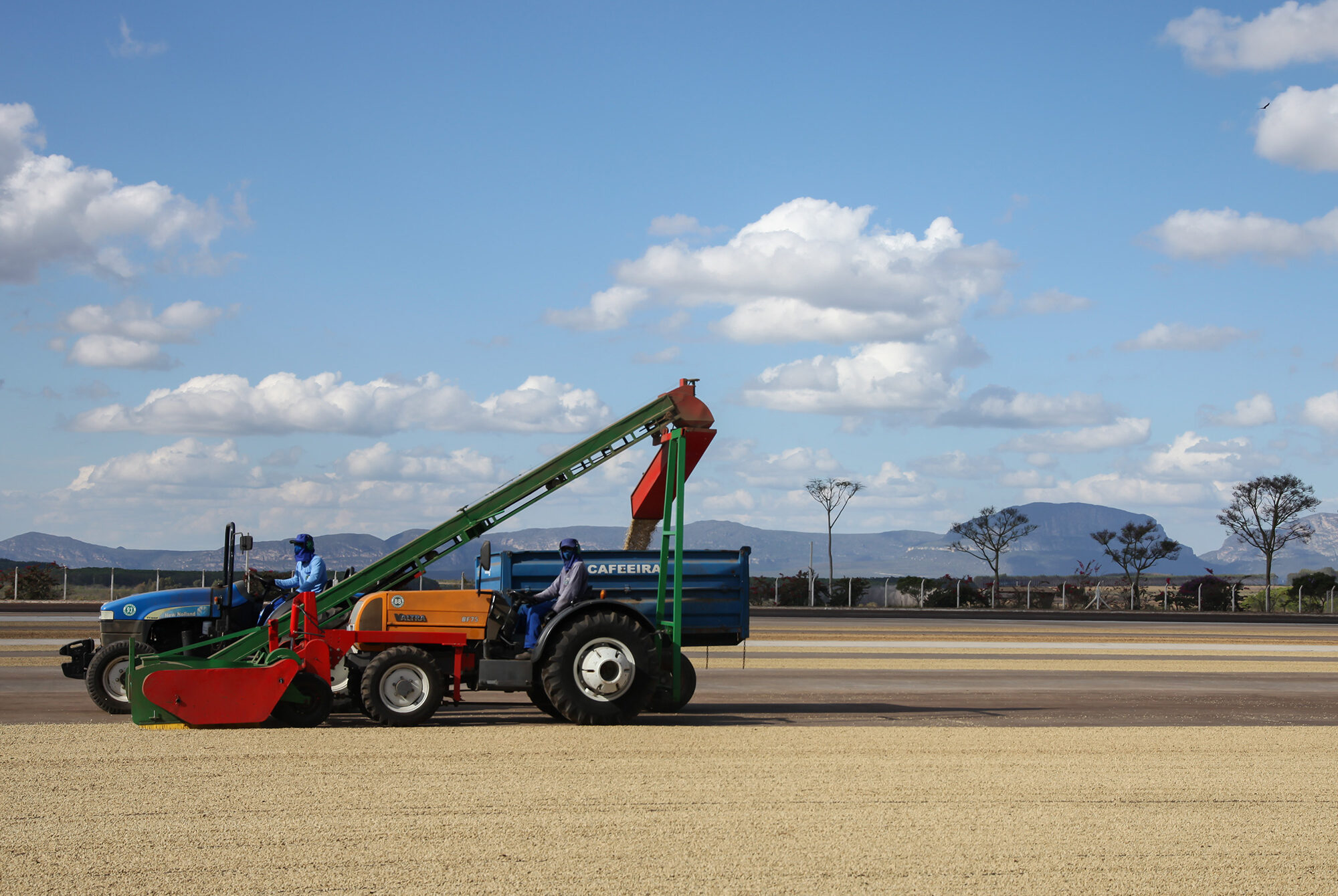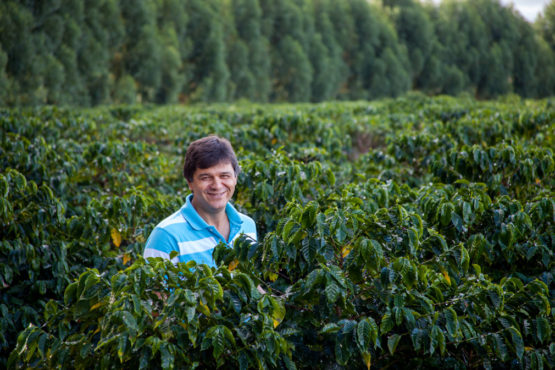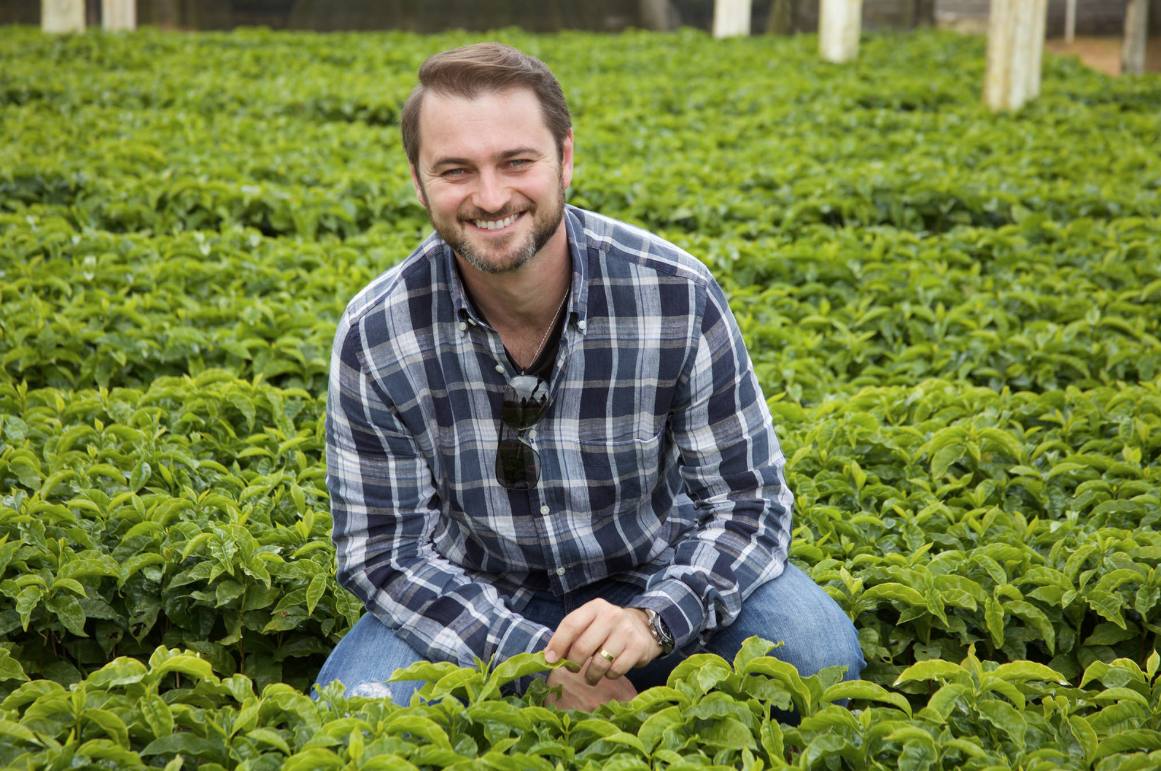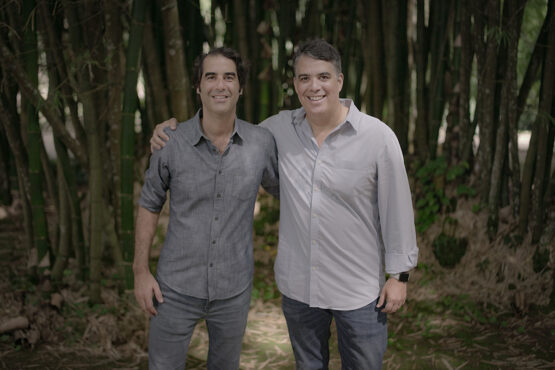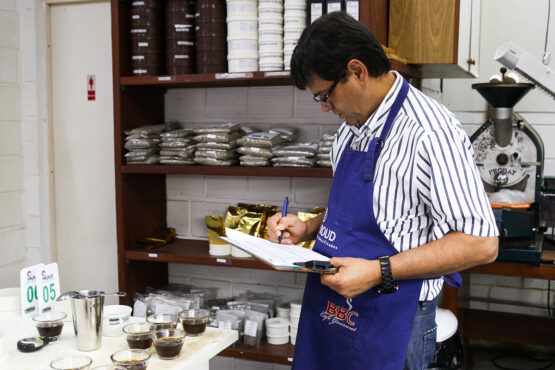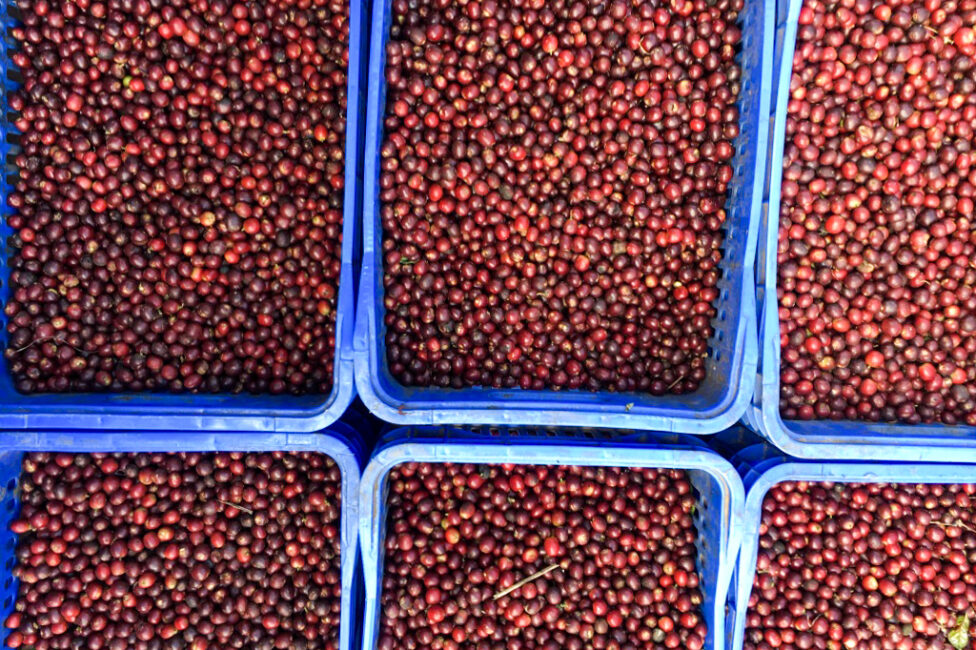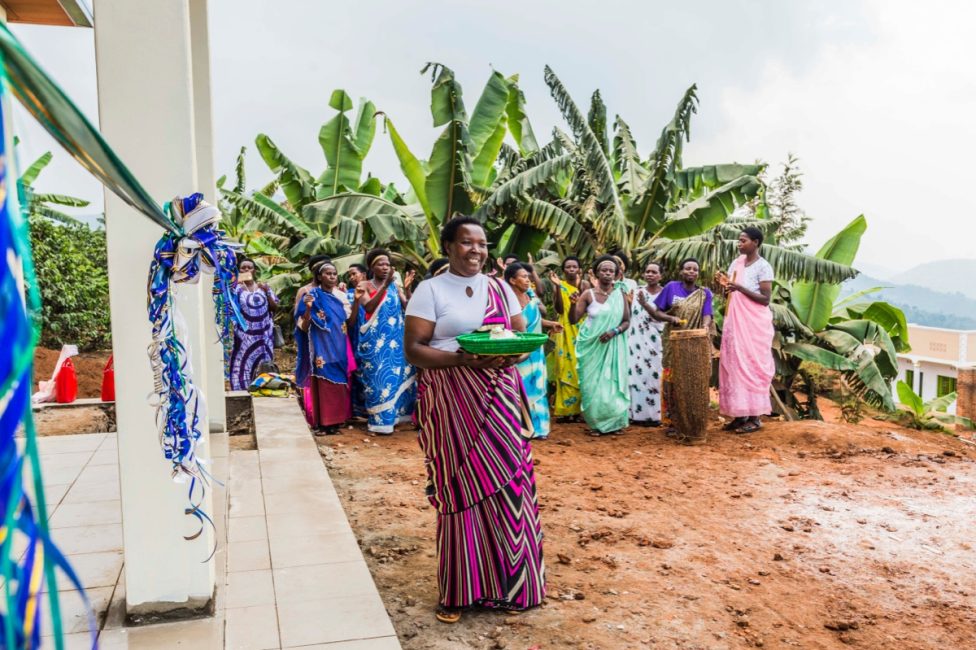Brazil Mid-Harvest Update
Published 16 November 2021
Brazil is one of the most important origins we source coffee from, making up almost 40% of the containers we import each year. More importantly, the relationships we have developed with our Brazilian suppliers are incredibly close and meaningful.
It is here that we work with our dear friend and mentor Silvio Leite, who connects us to quality-driven and progressive producers like Fabiano Borré, of Fazenda Progresso, the Flanzer brothers at Fazenda EcoAgricola, and a number of innovative and forward-thinking small producers in the micro-region of Piatã. Over the course of this year’s purchasing, these supply partners have shared valuable insights into the unique challenges that Brazil is currently facing, which we’ve compiled here.
Over the last two years, news out of Brazil has been heartbreaking. Since the onset of the pandemic, Covid-19 case numbers have been astronomically high, placing enormous stress on the country’s resources and resulting in a seemingly endless amount of political and social unrest. Yet, in the midst of it all, Brazilian coffee producers were still able to deliver a record-breaking 4.1 million tonnes of coffee for the 2020 harvest. This year, the story is very different, as the country has grappled with a devastating combination of extreme drought and unseasonable frosts, bringing its colossal agriculture sector to its knees.
Right now, Brazil is experiencing one of the most severe droughts in its recorded history. These conditions are making life extremely challenging for Brazilian farmers, who rely heavily on complex irrigation systems to sustain the vast fields of cultivated crops. The drought has damaged coffee farms across the country’s producing regions, particularly in the country’s southeast, with scenes of wilted coffee flowers and scorched trees becoming increasingly common at the end of 2020, when the flowering was supposed to begin. Hopes that the rains that typically fall from November to March would provide relief all but evaporated by January, and the country went on to record its driest wet season in 91 years.
To make matters worse, Brazil’s largest coffee-producing regions, São Paulo and Minas Gerais, suffered two severe frosts in July – right in the middle of the harvest. Not only did farmers in these regions experience heavy losses this year, but industry experts believe it will take many years for their crops to repair from the damage caused by frost. Coffee trees that are mildly affected will need to be pruned heavily, delaying their following production by at least a year. Trees with more significant damage will have to be uprooted and replanted, with the new trees only reaching maturity (and full production) after 2-3 years.
Overall, yields this year are expected to be down by nearly a third – a fact that has already caused the market price of coffee to surge to a seven year high. At Fazenda EcoAgricola, which is managed by brothers Marcelo and Roberto Flanzer, the crop losses suffered in 2021 has resulted in significant increases to the cost of production. “It’s been a difficult year,” Marcelo told us. “Even though we did not experience frost, the drought was an unexpected issue and we have lost 30% of our crops.” He went on to explain that at EcoAgricola, workers found many drought-affected trees produced cherries with no bean at all, causing their yields to drop even further than expected. “Overall, our costs went up by 50% this season and unfortunately that has pushed our prices up. We are just trying to make it work for everyone,” Marcelo summarised.
Our good friend, exporting partner and coffee producer Silvio Leite, reported that the unseasonably cold weather experienced this year resulted in a reduced amount of pulped natural coffees being produced. As Silvio explained, “This crop, we noticed that ripe cherries were moving to the ‘raisin stage’ of the drying process very quickly… Consequently, the volume of natural processed coffees is larger this year than of pulped natural lots.” Not only did this unexpected change of plans affect workflow at a farm level, but it also made the job of our sourcing partners more challenging, in that there were fewer pulped natural lots to fulfill what was requested and planned for at the beginning of the harvest.
When it comes to quality, the lots we have tasted and selected from this year’s harvest are rich in flavour, versatile and distinct. This is thanks to the hard work of the farmers we work with, who have maintained a commitment to producing the best coffees possible, even in the most challenging of circumstances. The support of our exporting partners and their cupping teams has been just as important, as they have curated the best of the season for us to assess and to select this year’s offerings from. We are incredibly excited about the line-up we have put together, as it includes full-bodied and sweet blending lines from some of our favourite farms alongside unique and interesting micro-lots that will challenge preconceptions of how Brazilian coffee tastes.
As the different shipments begin to depart Brazil, we’ll be sharing more information and samples from this year’s selection – keep an eye on our socials and newsletters for updates. We are looking forward to sharing these coffees, as they will begin to land in December 2021. Get in touch if you’d like a sample ahead of their arrival!
If you’re interested in learning more about the effects of Brazil’s troubled harvest on the global price of green coffee, head here!
